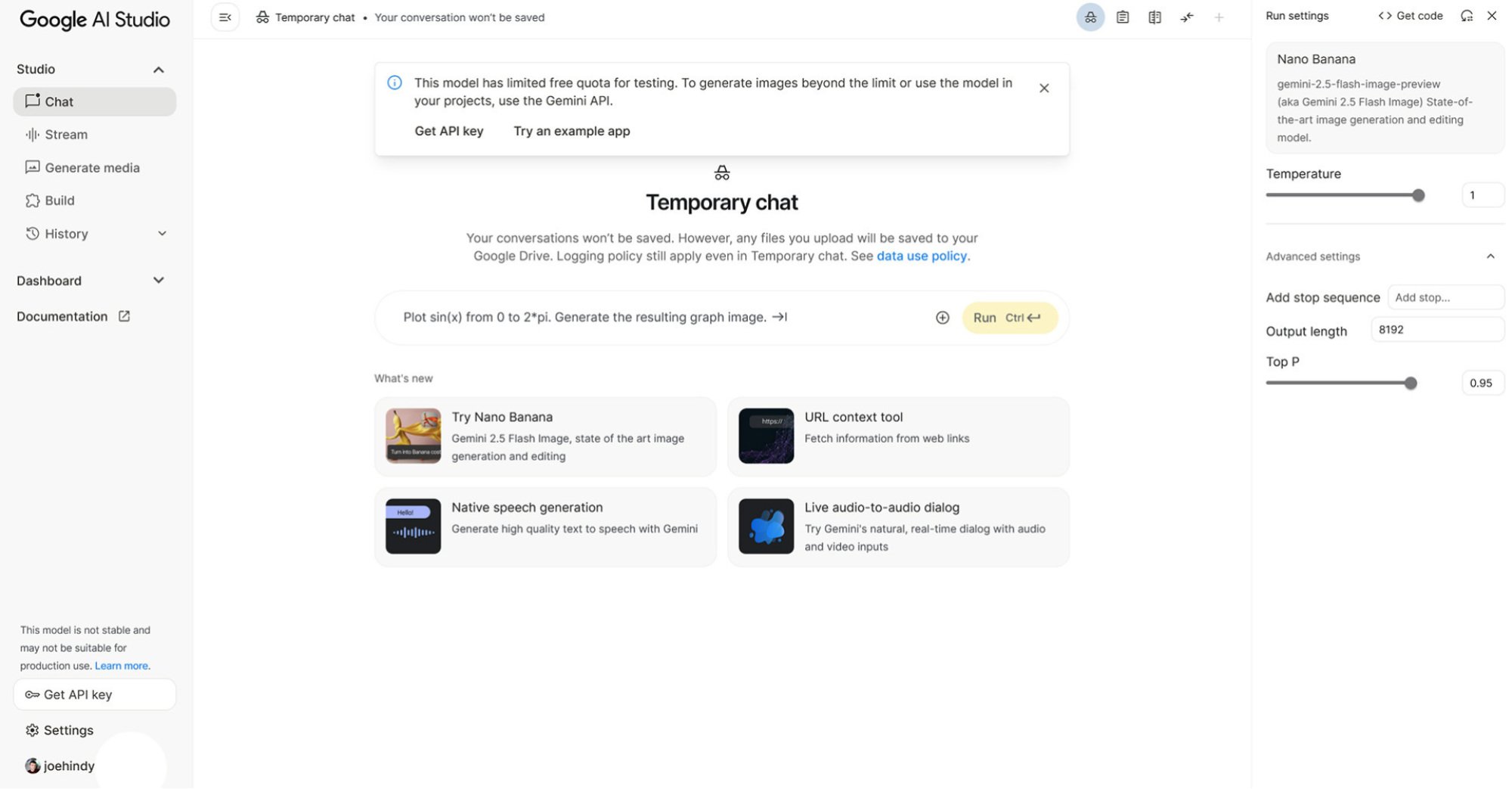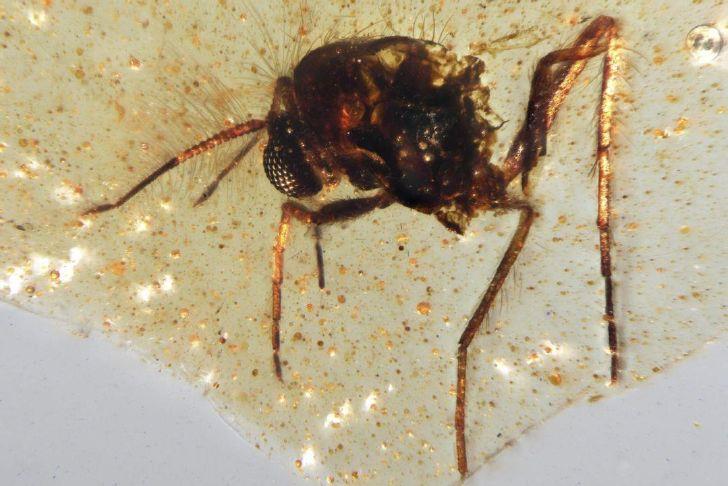Laver Cup San Francisco 2025 action kicks off on Friday, September 19 with the following matches. Each match is worth one point on Day 1. The team which claims 13 points over the three-day competition wins the Laver Cup.
DAY SESSION (1 p.m.)
Casper Ruud (EUROPE) vs. Reilly Opelka (WORLD)
Norway’s Casper Ruud has become a fixture in the leadoff spot for Team Europe, a reliable spark for the five-time tournament champions. A three-time Grand Slam finalist, the father-to-be will be tasked with nullifying towering American Reilly Opelka’s weapon of choice, his booming serve. Ruud is a perfect 4-0 against his 6-foot-11 foe, including a 6-3, 7-6(4) decision at Laver Cup Boston in 2021. Can he keep that spotless record intact on Opelka’s home turf? “Hopefully, I can lead Team Europe to a good start, give us some good momentum,” said Ruud, who earlier this year captured his first ATP Masters 1000 title in Madrid, the first Norwegian to do so. “Reilly will be thinking the same thing for Team World. I know how tough it is to play him, especially with his serve. There’s a different rhythm.”
Head-to-head: Ruud 4-0
Last played: Geneva SF, clay, 2022: Winner Ruud 7-6(2), 7-5
Jakub Mensik (EUROPE) vs. Alex Michelsen (WORLD)
In a matchup of Laver Cup debutants, 20-year-old Miami Open champion Jakub Mensik of Czechia will face a first-time challenge from Southern Californian Alex Michelsen, who reached a career-high No. 30 in the PIF ATP Rankings in July, boosted by an upset of Greek Stefanos Tsitsipas en route to his first Round-of-16 appearance on the Grand Slam stage at the Australian Open. “Being a part of this team means a lot,” said Mensik, who toppled his idol, Novak Djokovic, in that Miami final in March. “It’s such a unique and special event. Every player wants to be a part of it.”
Head-to-Head: never played
EVENING SESSION (7 p.m.)
Flavio Cobolli (EUROPE) vs. Joao Fonseca (WORLD)
Two of the sport’s most exciting young talents will go head-to-head when 19-year-old Brazilian Joao Fonseca takes on 23-year-old Italian Flavio Cobolli. They have met just once before, with Cobolli claiming a tight 5-7, 7-6(3), 7-6(8) decision on grass earlier this summer in Halle. This one should again be a barn burner on the iconic black Laver Cup court at Chase Center. “I think everyone knows the potential of Joao,” said Cobolli, who owns two tour-level titles on the year, including an ATP 500 trophy in Hamburg. “I think he’s a great player, but we’re here to try to beat him. I will give my 100 percent tomorrow to try to beat him.”
Head-to-Head: Cobolli 1-0
Last played: Halle, R32, grass 2025: Winner Cobolli 5-7, 7-6(3), 7-6(8)
Carlos Alcaraz/Jakub Mensik (EUROPE) vs. Taylor Fritz/Alex Michelsen (WORLD)
San Franciscans will get their first close-up look at the silver-haired world No. 1 Carlos Alcaraz when the six-time major singles titlist teams up with Team Europe cohort Jakub Mensik for a doubles matchup with fellow Californians Taylor Fritz and Alex Michelsen. Alcaraz is riding high after back-to-back singles trophies in Cincinnati and Flushing Meadows, and is looking loose and powerful on the practice court. “It was a team discussion. I put in myself to play doubles, for me with Jakub we can have a really good team,” Alcaraz said. “I’ve seen him play, I know he plays really well.” Fritz, a quarterfinalist at the US Open, often plays his best tennis in his home state. He broke through to his first ATP Masters 1000 title in Indian Wells in 2022, stunning Rafael Nadal in the final.















